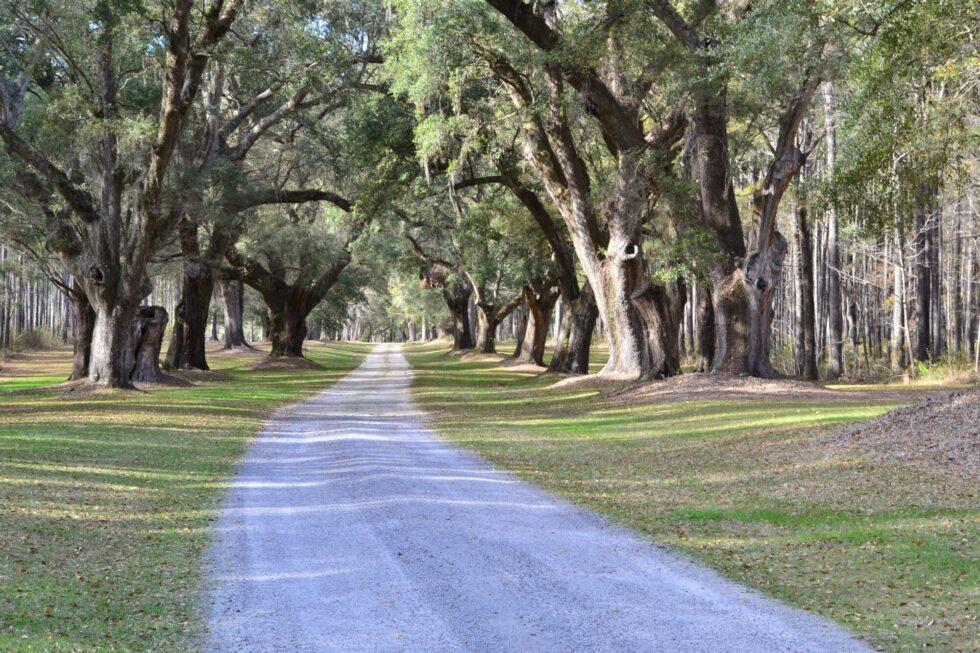Are you wondering why your oak tree suddenly died? You can read about some causes for it and what you can do about it here.
Oak trees are some of nature’s most majestic wonders. They grow prominently in Maryland, and the White Oak is even our state tree!
That’s why it can be so disheartening to find that yours isn’t thriving as it should. If you’re a Southern Maryland homeowner, you may even discover that your oak tree has suddenly died.
What’s going on? Is oak wilt to blame? Today, we’re diving into the possible causes, and a few might surprise you.
A Word on Oak Wilt
First, let’s discuss the hot topic of oak wilt. No, this disease isn’t likely to cause dead trees in Maryland. That’s because it isn’t found in most countries across the state.
Oak Wilt is caused by a fungal pathogen called Ceratocystis fagacearum. This pathogen blocks the tree’s circulatory system, so water and nutrients can’t travel within it. Typically spread by root grafts, it usually causes symptoms on certain species of oak trees, including red, scarlet, black, and pin oaks.
It’s easy to see why many people blame this disease for their tree problems, though. Some of the main signs of oak wilt also occur with other diseases. These include:
Discolored, wilted, or curled leaves
Leaf drop
Dead crowns
Tree death
While it’s possible that some Maryland oak trees do fall victim to oak wilt, it isn’t the most likely scenario. Instead, there are two other diseases that are usually at play: Oak Anthracnose and Bacterial Leaf Scorch.
Let’s take a look at each one in greater detail.
Oak Anthracnose
Oak Anthracnose occurs when a fungal pathogen called Apiognomonia quercina invades an oak tree. It most often occurs in the springtime, when the weather is cool and damp. From there, it can continue throughout the summer.
While this disease doesn’t cause a significant amount of leaf drop, you may notice other problems occurring throughout the leaf canopy. Common signs of Oak Anthracnose include:
Small brown spots on the leaves
Distorted leaves with irregular dead areas
Shriveled leaves
Severe blight on twigs
Bacterial Leaf Scorch
Bacterial Leaf Scorch occurs when a type of bacterium called Xylella fastidiosa attacks an oak tree. While Oak Anthracnose occurs early in the spring, you won’t notice signs of this disease until late summer or early fall.
If the summer is particularly dry, the symptoms may appear earlier and be more pronounced. Leaves rely on their internal vessels to move water from their roots to their leaves, and the bacterium inhibits this activity.
Signs of Bacterial Leaf Scorch include irregular leaf yellowing and browned leaf margins throughout the tree canopy. Usually, the trees will retain their leaves all the way through autumn, and you won’t notice many signs of leaf drop.
Get to the Root of Your Oak Tree Death
You deserve to know what’s affecting the oak trees on your property. While these two diseases are common around Southern Maryland, there could be other issues at work.
It’s best to hire a certified tree cutting company to investigate. In addition to tree trimming services, these experts can also provide in-depth advice and guidance on how to properly care for your oak tree.
If you need tree disease and treatment services, we’re here to help. Contact us today for a free quote!

